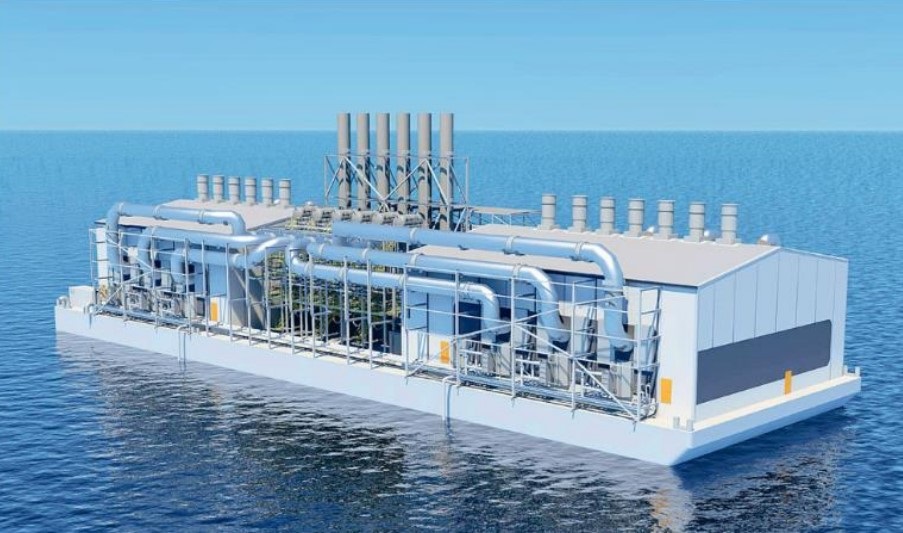Mauritius is planning to develop an LNG-to-power project which includes a floating power barge solution and an FSRU, as the East African island nation looks for a quick solution to secure reliable power and slash emissions.
In that regard, state-owned Central Electricity Board is inviting potential developers to submit
their proposals for the supply of power to Mauritius through power barges operating on LNG.
It launched the request for information on May 10 and interested parties must submit proposals on or before June 15.
The firm produces around 45 percent of the country’s total power requirements from its 4
thermal power stations and 10 hydroelectric plants, while independent power producers purchase the remaining 55 percent, the CEB said in the RFI.
As at 2021, heavy fuel oil generated about 39 percent of the mix while coal fuel contributes some 41 percent, it said.
Mauritius plans to decarbonize its energy sector by phasing out coal.
The CEB said it intends to carry out its green energy transition by deploying more renewable energy technologies, more specifically RE hybrid systems, with a view to achieving the 60 percent renewable energy target.
One of the potential energy sources that could help in meeting the objectives, as a transitional energy carrier, is LNG, according to the CEB.
“Since 2011, there have been several prefeasibility and feasibility studies for the use of LNG in the power sector,” the CEB said.
The firm says one of the main advantages of using LNG is low emissions, hence reduced environmental footprint as compared to existing fuel such as coal and heavy fuel oil.
Fast solution
The CEB said it expects the power demand in Mauritius under the “optimistic scenario” to reach circa 641 MW by 2030.
“Given an already uncertain climate prevailing due to Covid, the situation has been further exacerbated with the Russo-Ukrainian war,” it said.
Taking into account the fact that establishing permanent power plants is capital intensive and time-consuming, the CEB, in its endeavour to match demand and supply, while adopting a fast and efficient deployment solution, is willing to consider power barge solutions based on LNG technology, it said.
At present, there are several companies around the world which offer such services, the firm noted.
The power barges can comprise of either a combined cycle gas turbine or gas engines which can provide power on a temporary basis to the island until new power plants come online.
Based on the high case scenario, the required capacity of the power barge is around 80-100 MW, according to the CEB.
“The power barge shall also be equipped with a floating LNG storage and regasification unit (FSRU) which can be replenished from a ship-to-ship transfer at regular intervals,” it said.
Power purchase deal
The CEB said it would execute a power purchase agreement with the power barge supplier, while the developer shall propose an “optimum tariff structure” for the purchase of electricity from the power barges.
According to the CEB, the developer would determine the ideal location for the power barge in consultation with the Mauritius Ports Authority (MPA) so as not to affect any maritime activities.
As per the interconnection, the CEB shall provide available bays to existing substations located at Fort George for connection to its 66 kV transmission network, it said.
Mauritius is located east of Madagascar and Mozambique where Eni’s floating LNG producer, Coral Sul FLNG, should start exporting LNG later this year.
Mozambique also hosts the stopped $20 billion LNG export project operated by France’s TotalEnergies.

